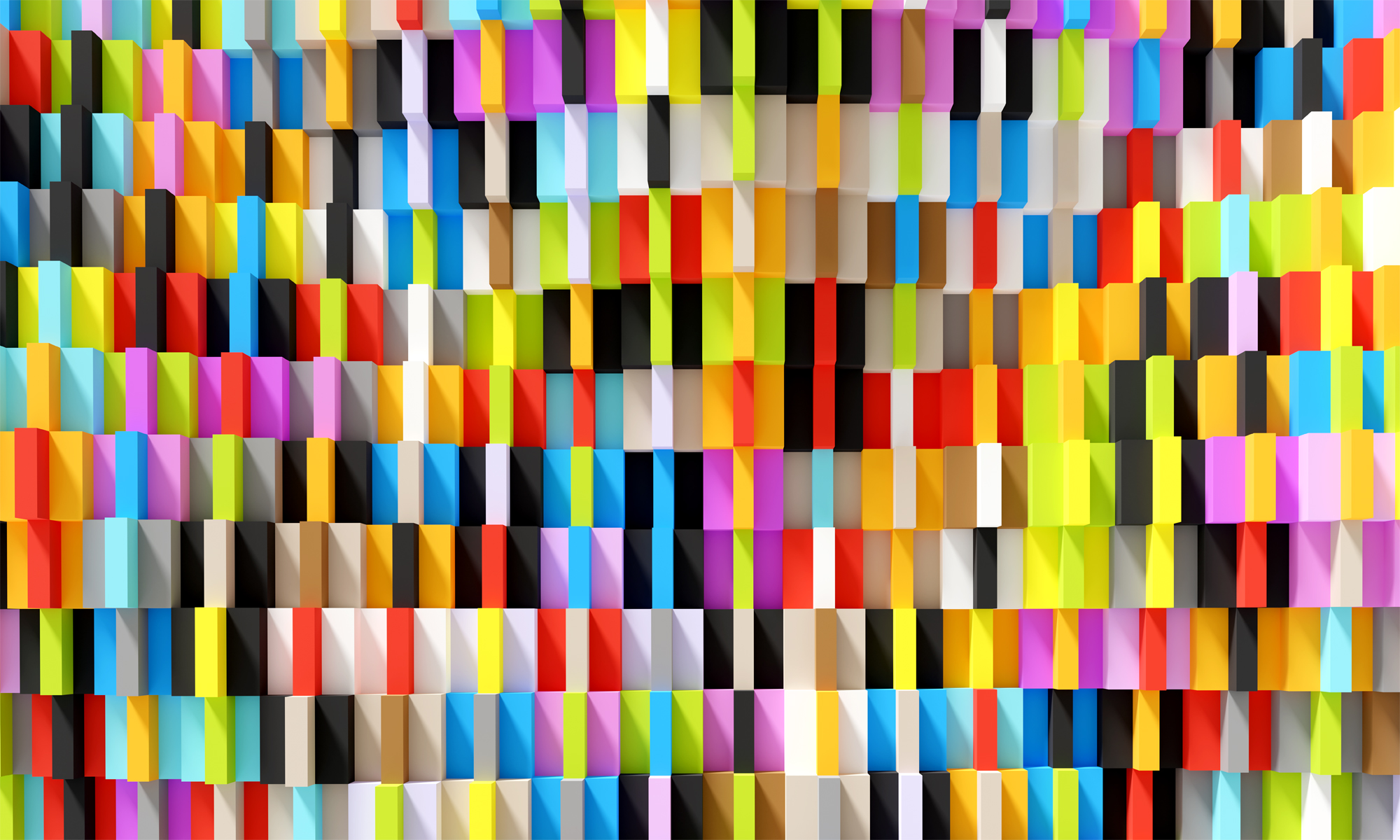A visual artist whose work resides in the realm of digital media and employs the geometric thematics of modernist and ancient Euclidean principles, my experience spans decades that brings me to this stage of my artistic development. For 21 years I was an architect, but in 2005, the progression of a spine disease resulted in my being unable to continue in the profession. I turned to art with digital tools as my escape hatch from pain. My work has evolved over time but one constant has been my connection to architecture. I challenge myself to merge the visual arts and architecture envisioning geometric structures that blur their boundaries.
Geometric structures are emerging in my 3d explorations. Creating geometric constructs offers me a form of invention that challenges me both analytically and creatively. Each work is a formal exercise layered on top of a creative one, revealing the duality of my brain. My architectural/engineering brain deeply rooted in my work is now manifesting itself in a new creative process I call “3D Derivatives”. The idea of an artist being derivative often has a negative connotation, as being imitative of another artist. But I’m using this word in a different context; that of something that is derived from a source, in this case the source being a 3d model.
A 3d model can be viewed in many ways, orthographically and in perspective, from the top, bottom and sides, from different angles, rotated and on and on. A 3D model can be rendered with realistic shadows. Depending on the cameras point of view, completely different tapestries reveal itself, as in life, illustrating our perception of the world depends on our point of view. These characteristics draw me into this process enabling me to expand on my geometric abstraction in ways not possible in 2D. The final act of this process is exporting the virtual to be transformed to the physical as prints on rigid substrates that are cut out on a router to reveal its geometric edges.

I began at Pratt Institute School of Architecture in 1967. I see here that you admired Hanford Yang. I remember him, but only a little. I would like to correspond with you about him please. I have been writing my autobiography.
Hi Paul,
Nice to hear from you. Contact me through my contact page https://andrewreach.com/contact/ with your email address and we can go from there.
Here’s a project I did in his class: https://andrewreach.com/finding-freedom-through-architecture-house-that-wants-to-fly/
I see that Andrew Reach has feelings for volumes as a sculptor and for colours as a painter. He makes fantastic art!
Thank you so much Margriet for your comment. I look forward to discovering your work. Also wonderful to have you as a co-member of the new Discursive Geometry Association. I’ve read your thoughts that Mark sent. Yes, I agree, more education of the history of geometry and how it has been used historically in cultures all around the world is needed to remind the modern technological world where we came from. I believe math and science of geometry is the original technology. I became an architect because of geometry. I would go on to learn about Islamic art and architecture which solidified my quest to explore its realms.